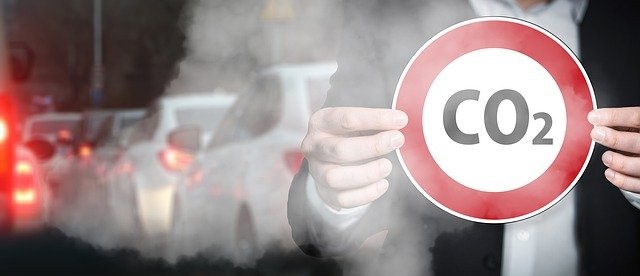Proper information about air quality, real-time monitoring help to create awareness among individuals, and curb the problem at the grassroots level.
Author: Ananya Chaudhuri
It is no new that the air around us is no longer breathable, thus it is high time to create awareness at the grassroots level; and empower people around the globe with proper information on the air quality, pollutants, and pollution sources.
According to World Health Organization (WHO), 99 per cent of the world’s population breathe air that contains high levels of pollutants. Air pollution is regarded as the world’s number one environmental health risk. Due to ambient air pollution, 4.2 million deaths occur every year. Stroke, heart disease, obstructive pulmonary disease, and other respiratory health-related problem is some of the silent effects of air pollution.
The scenario is worse in developing countries. As for India, Ghaziabad is the most polluted city in the world, and the capital Delhi’s air makes headlines for all the wrong reasons. Air pollution alone has claimed 54000 lives in Delhi in 2020, according to Greenpeace.
The real scenario compels us to take action based on substantial data about air pollution. Data is important to understand the various cause and factors of deteriorating air quality. World Resource Institute (WRI) has launched the Air Quality program under WRI Ross Center for Sustainable Cities which has been providing real-time data about air pollution.
WRI stated that many cities which have the most polluted air have no proper information to manage it properly. Data on air pollution, proper forecasting, and attribution to the sources help us understand what needs to be done next, and where we stand.
The air pollution problem goes beyond boundaries which makes it difficult to control. ResourceWatch states that the air pollutants fly from one source place to different places due to atmospheric circulation. Thus, it is important to identify the sources that account for major air pollution.
Major pollutant sources are the energy sector, industrial sector, and agriculture. To date, 72 per cent of energy demand is met by fossil fuel. The burning of fossil fuels emits greenhouse gasses. Other than this, it produces various toxic gasses and particulate matter. The industrial sector contributes to the atmosphere’s toxic particulate matter that can cause severe respiratory illness. Sulfur dioxide, nitrogen oxide, volatile organic compound. Subtle burning, rice cultivation also create similar negative effects in the atmosphere.
Community, civil society, and individuals need to know about these to participate in the healing process of the atmosphere. Constant monitoring of air quality is one of the effective measures to evaluate the present position. WRI in collaboration with NASA Global Modeling and Assimilation Office (GMAO) provides real-time data for eight cities in Latin America, South Asia, and America. WHO also provides technical support and strategies to reduce air pollution.
Together with heightened awareness, proper information, we can create a healthier air to live in.
Sources: resource watch WRI, WHO, Green Peace
Image credit: Gerd Altman, Pixaby














Add Comment